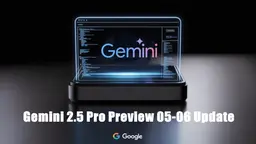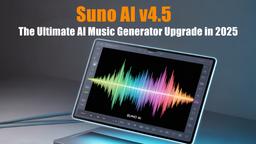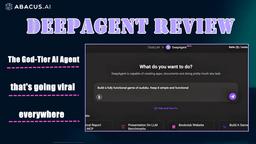Stacksync Introduction
Stacksync is a no-code tool that provides real-time and bidirectional data synchronization between CRMs and databases/data warehouses.
View MoreWhat is Stacksync
Stacksync is a platform designed to simplify CRM integration and data synchronization for businesses. It allows users to connect their CRM systems (like Salesforce, Hubspot, SAP) with databases and data warehouses (such as Postgres, Google BigQuery, Snowflake) in minutes, without writing any code. Founded in 2022 and based in San Francisco, Stacksync aims to revolutionize how companies handle their data flows between different systems, making it easier to consolidate and activate data across the organization.
How does Stacksync work?
Stacksync operates by creating a seamless, real-time connection between a company's CRM and database/data warehouse. Users can set up the integration through a no-code interface, simply selecting the apps they want to connect and the tables they wish to sync. Once connected, Stacksync ensures that any changes made in one system are instantly reflected in the other, maintaining data consistency across platforms. The tool also offers custom triggers and rules for data events, allowing users to set up complex logic and notifications without delving into API documentation. Stacksync handles all the technical complexities, including API rate limits, error handling, and data formatting, ensuring reliable and scalable data synchronization.
Benefits of Stacksync
By using Stacksync, businesses can significantly reduce the time and resources typically required for CRM integration projects, from months to minutes. It eliminates the need for specialized knowledge of complex APIs or the hiring of expensive consultants. The real-time, bidirectional sync ensures that teams always have access to the most up-to-date data, improving decision-making and operational efficiency. Stacksync's scalability allows it to handle any workload, from small startups to large enterprises, with features like custom processing regions for data compliance. Additionally, the platform's no-code approach democratizes data integration, enabling both technical and non-technical team members to contribute to data-driven initiatives.
Popular Articles

Gemini 2.5 Pro Preview 05-06 Update
May 8, 2025

Suno AI v4.5: The Ultimate AI Music Generator Upgrade in 2025
May 6, 2025

How to Install and Use FramePack: The Best Free Open-Source AI Video Generator for Long Videos in 2025
Apr 28, 2025

DeepAgent Review 2025: The God-Tier AI Agent that's going viral everywhere
Apr 27, 2025
View More







